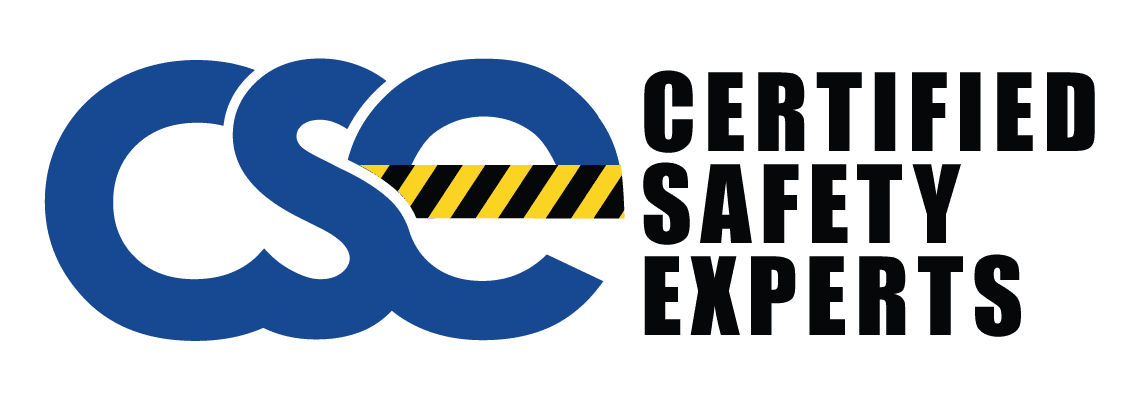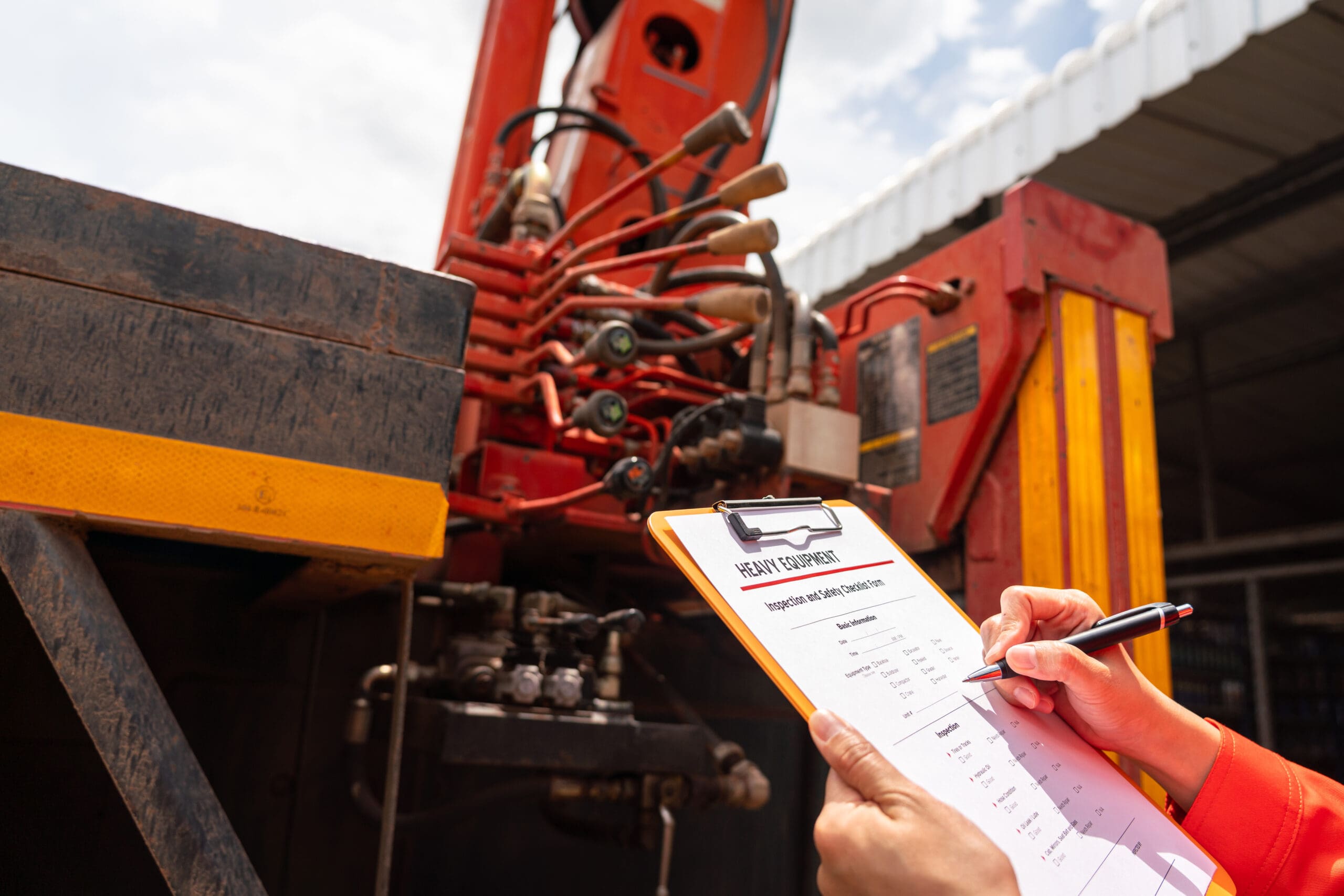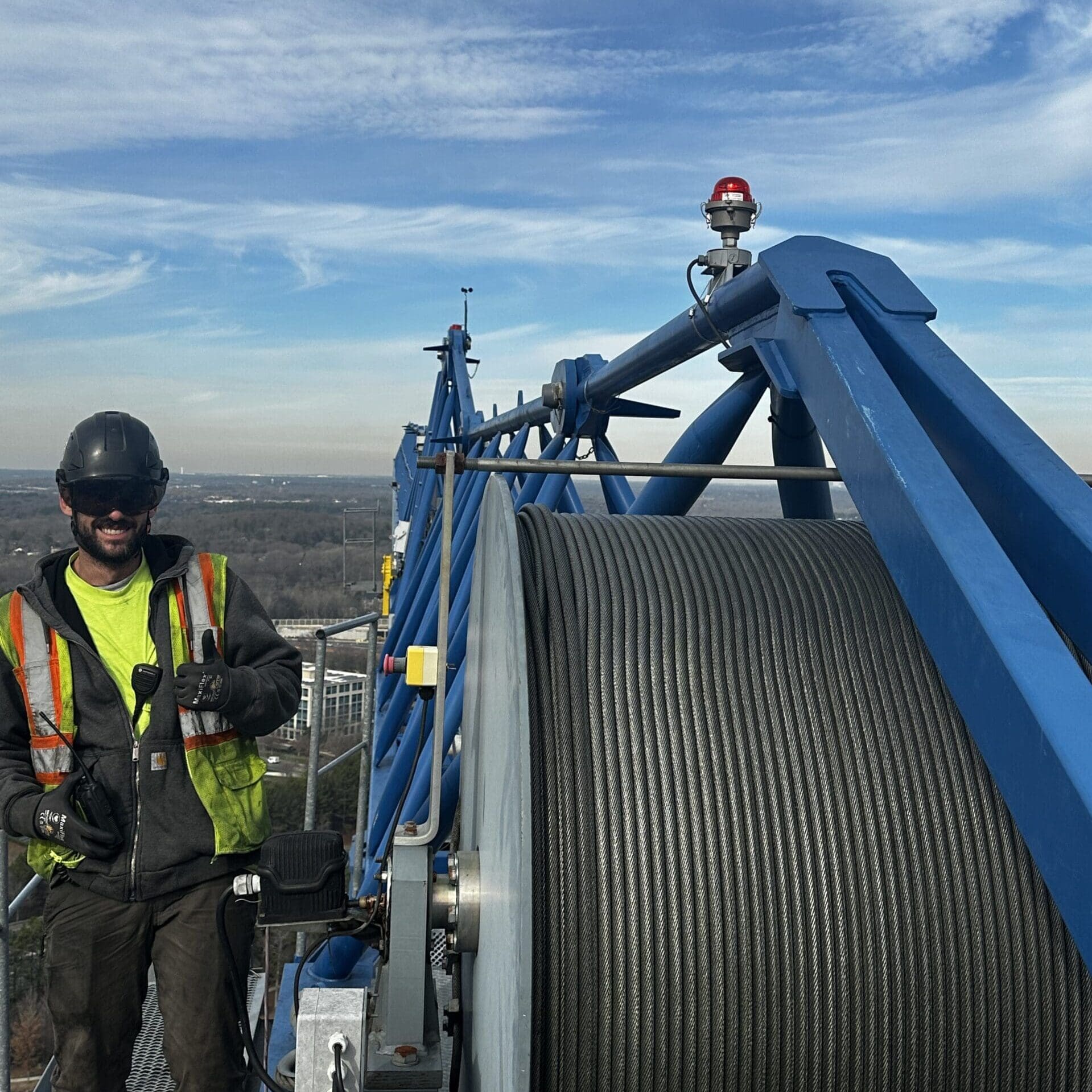Did you know up to 90% of crane accidents happen due to bad or missed load testing? It’s crucial to follow US crane testing standards for safety. This not only keeps you in line with the law but also keeps you safe.
Testing a crane’s load capability is vital for safety. In the US, strict rules control this to avoid accidents and protect workers. Certified Safety Experts are leaders in this area. They provide focused services to enhance safety and work efficiently. Call them at 919-326-3742 for solutions customized to your needs.
Key Takeaways
- Crane load testing significantly decreases the risk of crane-related accidents.
- Adhering to US standards for crane testing ensures operational safety and compliance.
- Understanding crane capacity testing is essential for efficient and safe crane operations.
- Certified Safety Experts on crane load testing offer specialized, tailored services.
- A reliable contact for crane load testing services in the US is 919-326-3742.
Understanding Crane Load Testing
Crane load testing is key to keeping crane work safe and reliable. It’s crucial for stopping accidents and making sure the equipment can do what it’s meant to safely. The significance of this testing cannot be overemphasized.
Crane load testing checks if the crane’s parts are strong and work well. It’s done by putting a known weight on the crane. This weight matches what the crane should handle in its job. Testing like this makes sure the crane can do its work without risks.
Rules for crane load testing are very strict for a reason. Safety and health groups make these rules for everyone’s protection. Following the rules helps keep crane workers safe. It also avoids the need for big repairs, saving time and money.
Inspecting cranes often is another must-do. This action spots problems early, before they become big. Special groups, like Certified Safety Experts, do these checks. They make sure everything meets the rules.
| Aspect | Details |
|---|---|
| Significance | Ensures the crane can handle its rated capacities, preventing accidents |
| Load Testing Procedures | Simulates actual load conditions to verify structural integrity |
| Testing Regulations | Enforced by safety authorities to maintain high safety standards |
| Inspections | Early detection of issues, identifying wear and tear, structural deformities, and functional anomalies |
Types of Crane Load Tests
Testing crane loads is crucial for making sure cranes work well and safely. We will look at the different tests for cranes. These tests check if cranes can handle their maximum loads without danger.
Overhead Crane Testing
Testing overhead cranes is very thorough. It makes sure they are safe to lift heavy loads. The tests find any weak spots and make sure the cranes follow safety rules.
Mobile Crane Proof Testing
For mobile cranes, proof testing checks their ability to safely lift and move loads. This is important for keeping crane operations safe. It checks if the crane can do its job without causing any harm.

Gantry Crane Load Trials
Gantry cranes are tested to see if they can lift heavy loads safely. The tests find strengths and weaknesses. They also make sure the cranes work well in real jobs.
Structural Load Tests for Cranes
Structural load tests look at the whole structure of cranes. They put loads on parts to see how they take it. These tests are key for finding any problems that might make the crane unsafe.
| Type of Test | Purpose | Key Focus |
|---|---|---|
| Overhead Crane Testing | Ensure capability to handle maximum loads | Identify structural weaknesses |
| Mobile Crane Proof Testing | Verify lifting capacities and structural integrity | Safe lifting in various conditions |
| Gantry Crane Load Trials | Inspect load-bearing capabilities | Confirm compliance with load limits |
| Structural Load Tests for Cranes | Evaluate structural framework | Identify potential defects or weaknesses |
Crane Load Testing Procedures
Testing the load on cranes is crucial for their safe use. It checks the crane’s ability to handle different loads. Experts use a set process to get accurate results. They focus on measuring how much the crane bends, checking its stress, certifying the winch’s load, and verifying the boom’s load.
Crane Deflection Measurement
Measuring a crane’s deflection shows how well it handles heavy loads. This test sees how much the crane’s boom bends when fully loaded. Knowing the exact bend helps find possible safety issues. Experts use special sensors to measure deflection accurately.
Crane Stress Analysis
Stress analysis checks the pressure on the crane’s parts. By doing this, experts find weak points and make the crane stronger there. They use special software to predict wear and tear on the crane. This keeps the crane working well over time.
Crane Winch Load Certification
Winch load certification proves the winch can lift heavy things without breaking. The winch goes through tough tests to make sure it’s safe and reliable. This check is a must for the crane to work safely and follow rules.
Crane Boom Load Verification
Boom load verification checks if the crane’s boom can carry its maximum load. This ensures the boom won’t fail when heavily loaded. Engineers do detailed checks and tests. Doing this regularly helps the crane last longer and stay safe.
| Procedure | Description | Importance |
|---|---|---|
| Deflection Measurement | Measures the degree of boom bend under load | Avoids structural deformations |
| Stress Analysis | Evaluates stress across crane components | Prevents potential failures |
| Winch Load Certification | Certifies lifting capacity of the winch | Ensures mechanical reliability |
| Boom Load Verification | Tests the boom’s load endurance | Guarantees structural soundness |
Benefits of Regular Crane Load Testing
Regular crane load testing is crucial for safety and efficient construction. It ensures that cranes are operational safety. This means that by testing them often, you can find and fix problems early. This lowers the chance of accidents.
Testing also helps cranes last longer. It catches damages early, so maintenance can happen before things break. This makes cranes work longer without costly repairs.
Fulfilling regulatory compliance is key. Testing ensures that cranes follow all safety rules. This avoids fines and keeps the workplace safe.
Additionally, continuous testing improves maintenance efficiency. Planning maintenance around test results saves time. This means less downtime and more work getting done.
| Benefit | Impact |
|---|---|
| Operational Safety | Reduces the risk of accidents and ensures a safe working environment. |
| Equipment Longevity | Extends the lifespan of cranes by identifying wear and tear early. |
| Regulatory Compliance | Meets industry safety standards, avoiding legal issues. |
| Maintenance Efficiency | Enables proactive maintenance, improving productivity and reducing downtime. |
In summary, regular crane load testing is key. It keeps operations safe and efficient. This ensures cranes are always in top shape.
Conclusion
Crane maintenance is crucial for safety and efficiency. There are several types of tests, like overhead and mobile crane tests. Each test ensures that cranes work well under various situations.
For accurate testing, deflection, stress, and boom loads are measured. Working with Certified Safety Experts helps ensure correct testing. This keeps the cranes safe and in good shape.
Regular testing boosts safety and cuts down on risks and repair time. It’s important to follow safety standards. Getting advice from experts in crane safety is key. This shows a company’s dedication to keeping its operations safe and top-notch in the industry.




